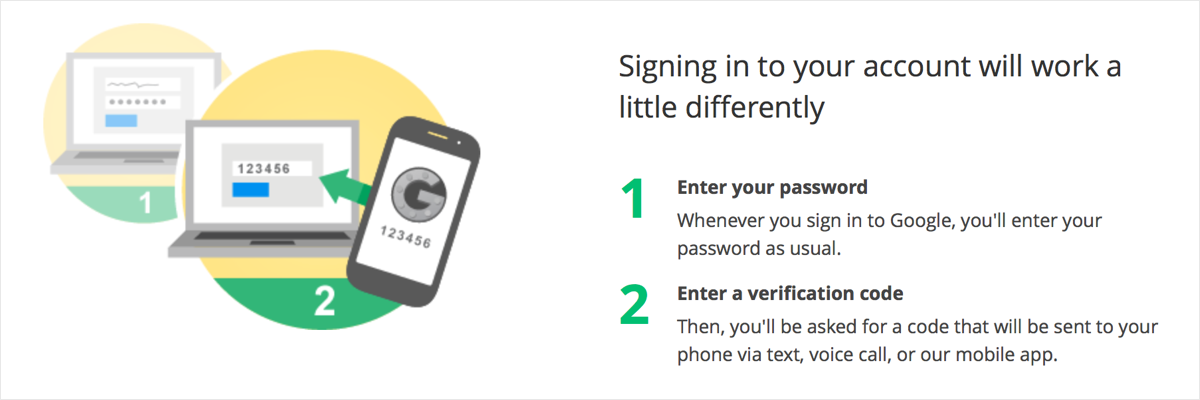With the ever-increasing amount of information we all store online, the stakes for securing our accounts are rising every day. Passwords alone are often failing to give us the protection we need, which leaves it up to us to make hackers’ work more difficult.
The story of Wired technology journalist, Mat Honan, and how his online life was devastated back in 2012 shows that even the most experienced Internet users can fall prey to hacker tactics.
“Previously, when I had the option for ease-of-use versus security, I always went the easy route,” wrote Mat. “[…] I never set up dedicated (and secret) email accounts for password management. I take those steps now.”

Creating these accounts is one of the simplest and most powerful tricks the average user can leverage to stay one step ahead of would-be attackers.



